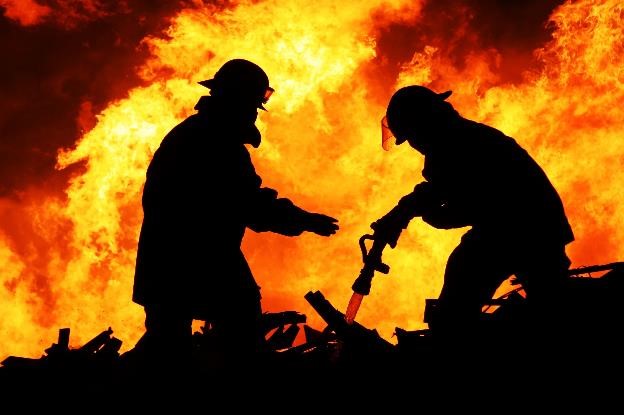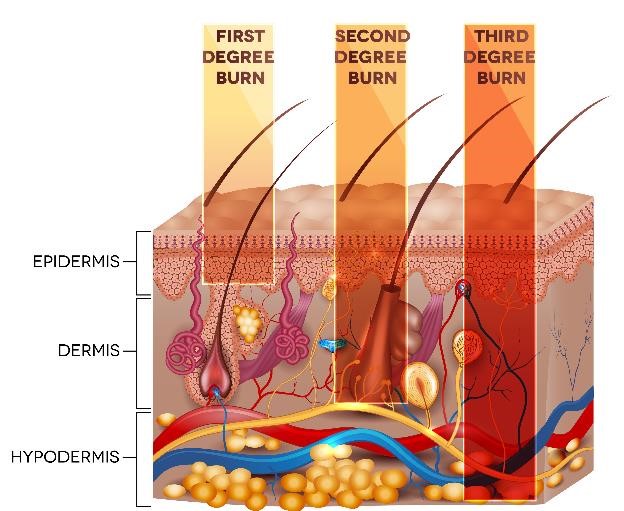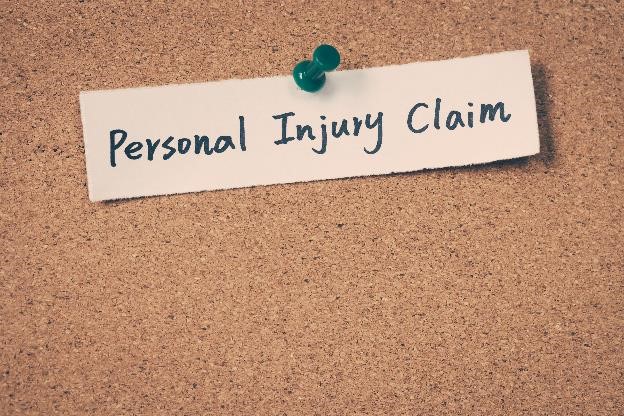How People Get Burned – and Who Can Be Held Accountable
Fires are serious business. Not only can they rack up lots of expenses related to property damage, they can cause severe burns, injuries – even death.
You’ve probably heard about the tragic London fire by now. Grenfell Tower – a 24-story public housing apartment building in the North Kensington section of West London – was destroyed by an early morning fire recently, killing at least 79 people according to news reports.
The fire is being called one London’s worst building fires in years. The commissioner of the London Fire Brigade, Dany Cotton, said, “In my 29 years of being a firefighter, I have never, ever seen anything of this scale.”
The residents of the 120 apartments in the tower say they have complained about fire hazards and inattention to the building for years. In 2013, residents experienced a number of scary power surges caused by faulty wiring. The building then underwent a lengthy renovation, which was completed in 2016 and included adding insulated aluminum cladding to the exterior. Experts say that this type of cladding has caused other high-rise fires in China and the United Arab Emirates.
The fire is devastating for everyone involved, especially those who lost loved ones and who are now displaced from their home. Apartment fires are not the only way that people can get burned, though. While the London incident is being thoroughly investigated, we want to take the time to talk about common ways that people suffer burn injuries and who might be liable if those burns are due to negligence.
Common Ways People Get Burned
We encounter numerous things every day that could potentially cause burns. The most common causes of burns include:
- This probably comes as no surprise. The number one cause of a burn is usually a fire. You could come into contact with fire from a lighter, candle, barbecue grill, gas stovetop, campfire, burning something in your yard or a variety of other situations.
- Steam or hot liquid. Cooking is another common cause of burns. Water boils at 100° Fahrenheit, so not only is the water itself hot, but the steam rising from the water is hot as well.
- Hot metal, glass and other objects. Remember when you heat something on the stove or in the microwave, the container gets hot too which can cause burns if it touches your skin.
- Electrical current. Electrical current – whether it’s for a light, a plug or something else that uses electricity – can cause burns if you’re not careful.
- Sunlight or UV light. The sun is one of the hottest objects in the universe, so it’s no surprise it can cause burns. UV lights used in tanning beds to simulate the sun can also cause burns.
- Certain acids, gasoline, lye, paint thinner and other strong chemicals can cause burns if they come into contact with your skin.
- Radiation from X-rays or cancer treatments can cause burns.
Types of Burns
There are three main types of burns named for their degree and severity of the burn injury.
- First-degree burns are the least severe burns and are usually called superficial burns since they affect the topmost layer of skin. They usually result in red skin that doesn’t blister.
- Second-degree burns are more severe than first-degree burns, affecting more than the top layer of skin, and tend to result in very red, sore skin with blisters, and some thickening of the skin.
- Third-degree burns are the most severe burns and affect all layers of the skin. They result in widespread thickening of the skin, which also has a white, waxy and leathery appearance.
Fourth-degree burns also exist. These types of burns are third-degree burns that go beyond the skin and into tendons and even bones.
The type of burn, however, isn’t based on the source of the burn. Depending on how hot the source is and how long it stays in contact with your skin, you can get first-, second-, or third-degree burns from any source.
First- and second-degree burns can often be treated at home unless the burn covers a large area on your face, hands, feet, groin, or buttocks. You should seek immediate emergency medical treatment for third-degree burns.
Is Someone Liable for My Burn?
Depending on the results of the London fire investigation, the residents of Grenfell Tower might be able to sue due to someone else’s negligence for burn injuries, wrongful death, and a variety of other reasons.
If you were burned due to someone else’s negligence, you might also be able to sue for physical and emotional pain and suffering for the burn injuries you sustained. The only way you’ll know if you’re entitled to compensation, though, is to contact an experienced New York City personal injury attorney.
A qualified attorney with proven results will investigate your incident to determine if someone else was at fault and then fight for your rights to get justice against those who have harmed you.
This website contains “Attorney Advertising.” It is designed for general information only and should not be construed to be formal legal advice. Prior results cannot and do not guarantee a similar outcome. Please contact us by telephone or email. Be advised that using any method of communication to contact us does not create an attorney – client relationship. In order for this office to represent you, we must enter into a written retainer agreement. Simply contacting us does not create an attorney-client relationship. Please do not send any confidential information to this office until after a signed retainer has been entered into by you and this office.


